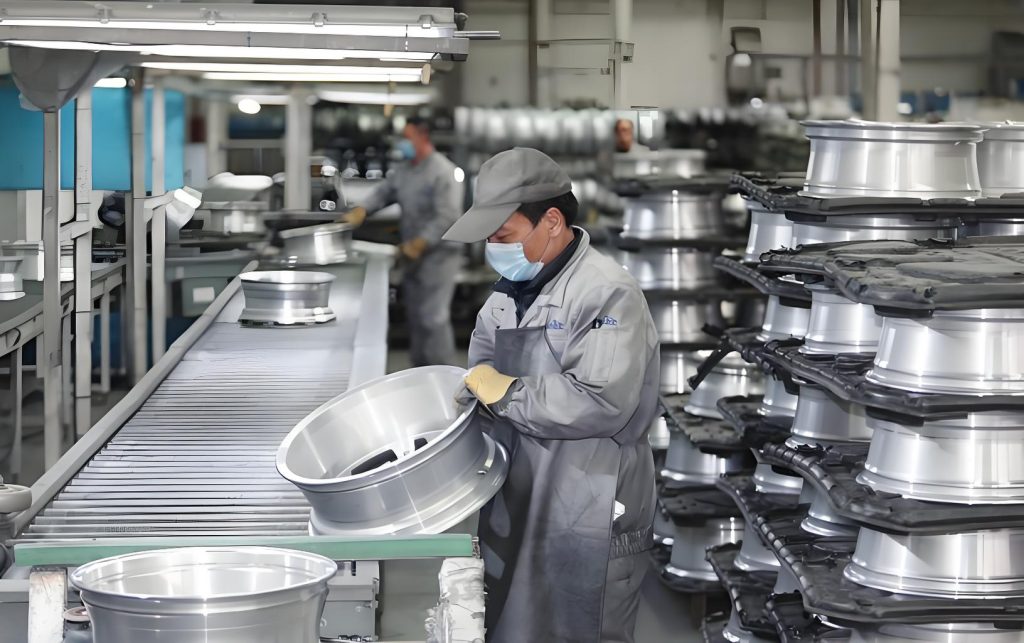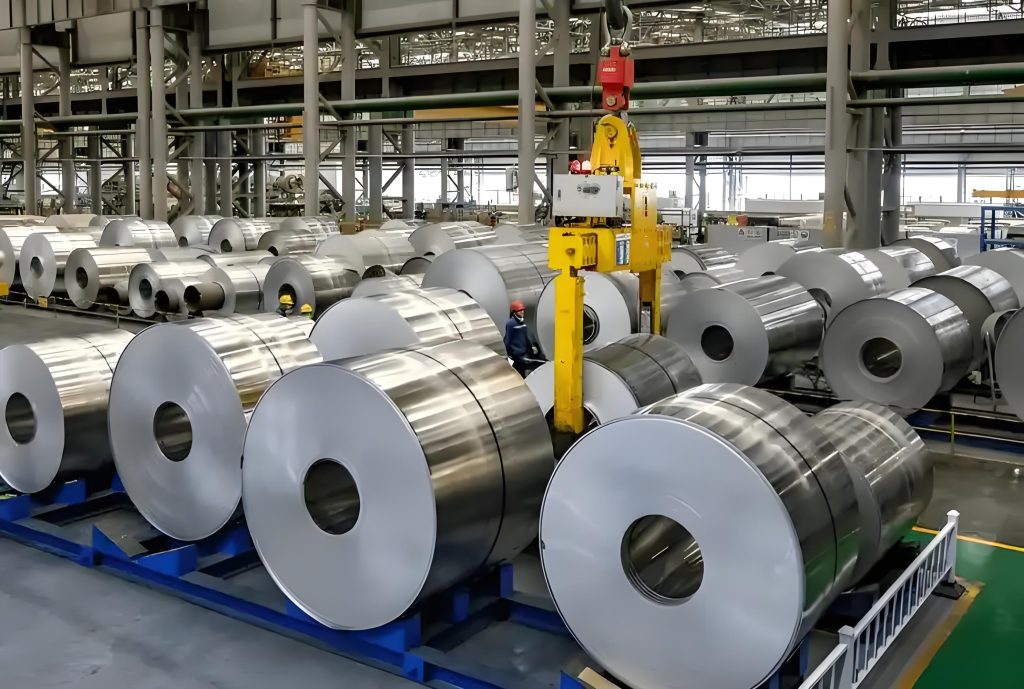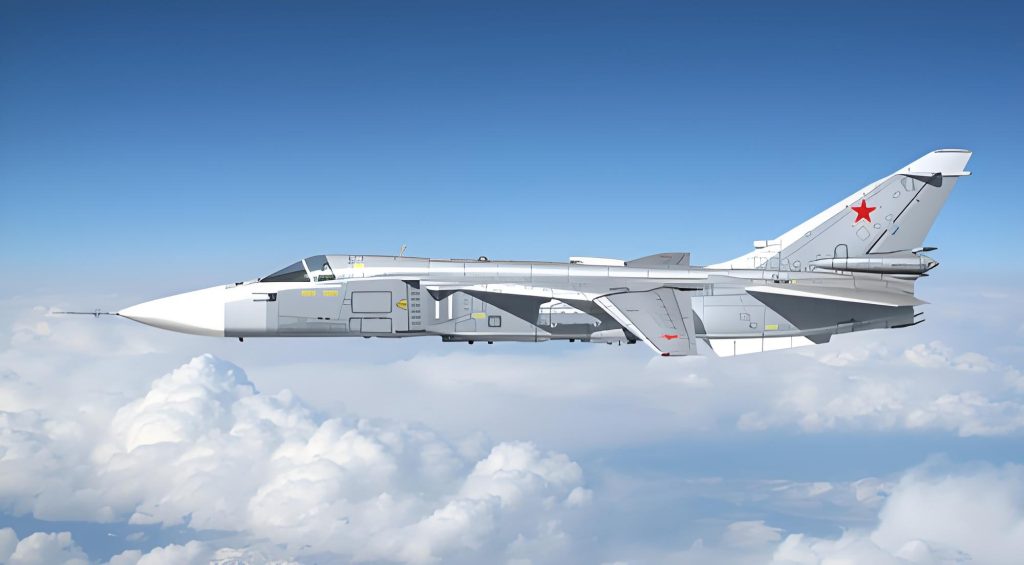1、Understanding Aerospace-Grade Aluminum Machining
航空航天级铝加工 plays a crucial role in the aerospace industry. Aerospace-grade aluminum is a specialized material known for its high strength-to-weight ratio, 耐腐蚀性, and excellent thermal conductivity. This makes it an ideal choice for various components in aircraft and spacecraft.
在航空航天领域, precision and reliability are of utmost importance. Machining aerospace-grade aluminum requires advanced technology and expertise to ensure that the components meet the strict quality standards. The machining process involves cutting, shaping, and finishing the aluminum to create complex parts with tight tolerances.
According to industry sources, the aerospace industry employs a large number of aerospace engineers who are trained in working with materials like aerospace-grade aluminum. These engineers use sophisticated software and machinery to design and manufacture components that are critical for the safe operation of aircraft and spacecraft.
Aerospace-grade aluminum is often used for structural components such as fuselages, 翅膀, and engine parts. The material’s strength and lightweight properties help to reduce the overall weight of the aircraft or spacecraft, which in turn leads to improved fuel efficiency and performance. 此外, the corrosion resistance of aerospace-grade aluminum ensures the longevity and durability of the components, even in harsh environments.
The machining of aerospace-grade aluminum also involves strict quality control measures to ensure that the parts are free from defects and meet the required specifications. This includes inspections using advanced measurement tools and techniques to verify dimensions, 表面饰面, and material properties.
综上所述, aerospace-grade aluminum machining is a complex and critical process in the aerospace industry. The use of this specialized material and advanced machining techniques helps to ensure the safety, 表现, and reliability of aircraft and spacecraft.

2、Advantages of Aerospace-Grade Aluminum Machining
(2.1)Lightweight yet Strong
Aerospace-grade aluminum is a remarkable material that offers an ideal combination of lightweight and strength. 在航空航天领域, where every ounce counts, the lightweight nature of aluminum is a significant advantage. It helps to reduce the overall weight of aircraft and spacecraft, leading to improved fuel efficiency and increased payload capacity. 同时, aerospace-grade aluminum is strong enough to withstand the stresses and forces encountered during flight. 据研究, aluminum alloys used in aerospace applications can have tensile strengths ranging from 200 到 600 MPa, making them suitable for a wide range of structural components. This strength-to-weight ratio is crucial for ensuring the safety and performance of aerospace vehicles.
(2.2)Corrosion Resistance
The corrosion-resistant properties of aerospace-grade aluminum are essential for its longevity in harsh environments. 在航空航天领域, components are exposed to a variety of extreme conditions, including high humidity, temperature variations, and exposure to chemicals. Aerospace-grade aluminum is highly resistant to corrosion due to its natural oxide layer and the addition of alloying elements. This resistance helps to ensure that the components maintain their structural integrity and performance over time. 例如, aluminum alloys used in aerospace applications often contain elements such as magnesium and copper, which enhance their corrosion resistance. 此外, surface treatments such as anodizing can further improve the corrosion resistance of aerospace-grade aluminum.
(2.3)Easy Machinability
Aerospace-grade aluminum is known for its ease of machining, which makes it a popular choice for complex designs and efficient production. 材料可以很容易地切割, shaped, and finished using a variety of machining processes, 包括铣削, 转动, 和钻孔. This allows for the creation of intricate parts with tight tolerances, which are essential for aerospace applications. 而且, aerospace-grade aluminum has good machinability characteristics such as low cutting forces and good chip formation, which reduce tool wear and improve machining efficiency. According to industry experts, the ease of machining aerospace-grade aluminum can lead to significant cost savings and shorter production times.

3、Processes in Aerospace-Grade Aluminum Machining
(3.1)Precision Cutting
Precision cutting is a crucial step in aerospace-grade aluminum machining. To achieve accurate dimensions, advanced cutting technologies are employed. 例如, laser precision cutting is widely used due to its high accuracy and minimal heat-affected zone. Thanks to precision cutting techniques, researchers are able to examine a paper-thin slice of aerospace-grade aluminum. Using the United States imported sensors, high precision cutting heads ensure that the cuts are made with utmost precision. 根据行业数据, the accuracy of laser precision cutting can reach within a few micrometers, meeting the strict tolerance requirements of aerospace components. Water jet precision cutting is another method that offers excellent precision. The algorithm of velocity correction in water jet cutting allows the machine tool to run smoothly even when the cutting speed changes, 确保一致的结果.
(3.2)Finishing Processes
Finishing processes play a vital role in enhancing the surface quality and performance of aerospace-grade aluminum parts. One common finishing process is anodizing. This process forms a protective oxide layer on the surface of the aluminum, further enhancing its corrosion resistance. The anodized layer can also be dyed to different colors, providing aesthetic appeal as well as functionality. Another finishing process is edge finishing. By carefully smoothing and rounding the edges of the parts, the risk of stress concentration and damage during use is reduced. Polishing is also employed to achieve a smooth and shiny surface, improving the aerodynamic performance of components. 例如, in the production of aircraft wings, a highly polished surface can reduce drag and improve fuel efficiency. 此外, finishing school techniques can be applied to ensure that every detail of the part is perfected. These finishing processes not only improve the appearance of the parts but also contribute to their durability and performance in the harsh aerospace environment.
4、Challenges in Aerospace-Grade Aluminum Machining
(4.1)Tight Tolerances
Meeting extremely tight tolerances in aerospace-grade aluminum machining is a significant challenge. 在航空航天领域, components must fit precisely to ensure the safety and performance of aircraft and spacecraft. Tolerances can be as low as a few micrometers, requiring highly accurate machining processes. 例如, the dimensions of a critical engine part must be within a very narrow range to ensure proper function and avoid potential failures. The use of advanced measurement tools and techniques is essential to verify that the tolerances are met. 然而, these tools can be expensive and require highly skilled operators. 此外, the machining process itself must be carefully controlled to minimize variations and ensure consistency. Any deviation from the required tolerances can lead to costly rework or even rejection of the part.
(4.2)Material Properties
The unique material properties of aerospace-grade aluminum can pose challenges during machining. Aerospace-grade aluminum is often alloyed with other elements to enhance its strength, 耐腐蚀性, and other properties. 然而, these alloys can be more difficult to machine than pure aluminum. 例如, some alloys may be harder and more abrasive, leading to increased tool wear and reduced tool life. The material’s high strength can also require more powerful machining equipment and cutting tools. 而且, aerospace-grade aluminum can be sensitive to heat generated during machining, which can affect its mechanical properties and surface finish. 解决这些挑战, machinists must carefully select the right cutting tools, 加工参数, and cooling methods to minimize the impact on the material properties.
(4.3)Cost Considerations
The cost implications of machining aerospace-grade aluminum can be significant. The material itself is relatively expensive compared to other metals, and the machining processes required to achieve the tight tolerances and high quality standards can be costly. 此外, the use of advanced machinery, 工装, and measurement equipment adds to the overall cost. 然而, there are strategies to manage costs. 例如, optimizing the machining process to reduce waste and improve efficiency can help lower costs. This can involve using computer-aided manufacturing (计算机辅助制造) software to optimize tool paths and cutting parameters. Another strategy is to invest in high-quality tooling that can last longer and reduce tool replacement costs. 此外, working with suppliers who can provide high-quality aerospace-grade aluminum at competitive prices can also help manage costs. Despite the cost challenges, the benefits of using aerospace-grade aluminum in the aerospace industry, such as its lightweight, 力量, 和耐腐蚀性, often outweigh the costs.

5、结论
Aerospace-grade aluminum machining is of paramount importance in the aerospace industry. The unique properties of aerospace-grade aluminum, such as its lightweight yet strong nature, 耐腐蚀性, and ease of machinability, make it an ideal choice for a wide range of aerospace applications. The precision cutting and finishing processes ensure that the components meet the strict quality standards required for safe and efficient flight.
然而, the challenges in aerospace-grade aluminum machining, including tight tolerances, unique material properties, and cost considerations, cannot be ignored. Meeting these challenges requires continuous innovation and improvement in machining technologies, 工装, and measurement techniques.
As the aerospace industry continues to evolve, 对高品质的需求, precision-machined aerospace-grade aluminum components will only increase. This calls for ongoing research and development to improve machining processes, 降低成本, and enhance the performance and reliability of aerospace vehicles.
综上所述, aerospace-grade aluminum machining is a critical process that plays a vital role in the aerospace industry. By addressing the challenges and leveraging the advantages of this material, the industry can continue to advance and meet the ever-increasing demands of modern aerospace applications.
6、Recommend rapidefficien CNC aluminum processing service provider
When it comes to aerospace-grade aluminum machining, choosing a reliable and efficient CNC aluminum processing service provider is crucial. A good service provider can ensure high-quality workmanship, 准时交货, 和成本效益.
One important factor to consider when selecting a service provider is their expertise and experience in the field. Look for a company that has a proven track record of working with aerospace-grade aluminum and understands the unique challenges and requirements of the aerospace industry. 例如, a service provider with years of experience in machining complex aerospace components is more likely to have the necessary skills and knowledge to handle your specific project.
Another aspect to consider is the range of services offered. A comprehensive service provider should be able to handle all aspects of CNC aluminum processing, from design and engineering to machining, 精加工, and inspection. This can save you time and hassle by having all your needs met under one roof.
In addition to expertise and services, the quality of equipment and technology used by the service provider is also essential. Look for a company that invests in state-of-the-art CNC machines, 切削工具, and measurement equipment. Advanced technology can ensure greater precision, 效率, and repeatability in the machining process.
Customer service is another important consideration. A good service provider should be responsive, communicative, and committed to meeting your needs. They should be able to answer your questions promptly, provide regular updates on your project, and address any concerns you may have.
Some of the top CNC aluminum processing service providers in the industry offer additional benefits such as rapid prototyping, custom solutions, 和有竞争力的价格. Rapid prototyping can help you test and refine your designs quickly, while custom solutions can be tailored to your specific requirements. Competitive pricing can help you manage costs without sacrificing quality.
According to industry statistics, companies that work with reliable CNC aluminum processing service providers can experience significant cost savings and improved productivity. 例如, by outsourcing their machining needs, companies can avoid the expense of purchasing and maintaining their own equipment, as well as benefit from the expertise and efficiency of the service provider.
综上所述, when looking for a CNC aluminum processing service provider for your aerospace-grade aluminum machining needs, consider factors such as expertise, services offered, equipment and technology, 客户服务, and additional benefits. By choosing a reliable and efficient service provider, you can ensure the success of your project and contribute to the growth and development of the aerospace industry.






